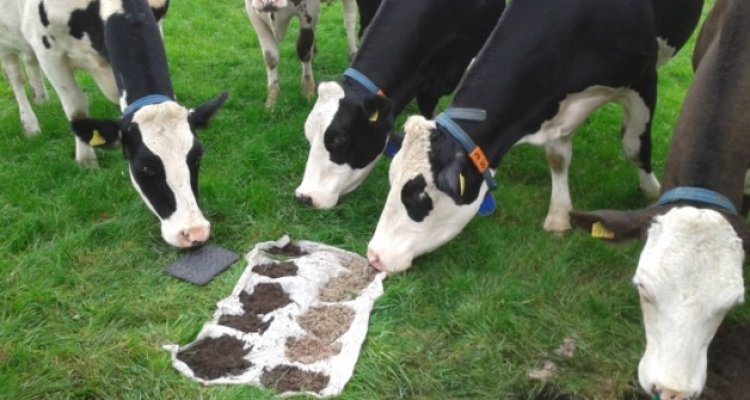
Project
Visual soil assessment for improved farm and ecosystem management
PhD project Maricke van Leeuwen
Problem definition and objective
Visual soil assessment (VSA) is a method to asses soil quality in the field, by digging a hole and assess several soil quality indicators visually. Soil quality indicators are grass cover, number of roots, number of biopores, soil colour, soil structure, soil compaction and number of gley spots. VSA is more and more used by farmers in the Netherlands, but is not specifically developed for various soil types. Besides practical use by farmers, VSA can generate cheap soil data that can be used in modelling studies, therefore outcomes should be (semi)quantitative.
The first objective of this project is to refine VSA for various soil types under dairy farmed soils, to apply it, and to assess reproducibility. The second objective is to incorporate VSA outcomes in soil-hydrological model SWAP, to assess the delivery of soil-related ecosystem services. The last objective is to assess whole-farm sustainability, by updating the soil component of the Kringloopwijzer and using VSA outcomes.
A: VSA is carried out on a 20x20x20cm topsoil block. B: VSA training in the field. C: Study is mainly carried out on dairy farms, cows are often curious
Methodology
The study area for the first objective is North Friesian Woodlands, the Netherlands. This area covers sandy, clayey and peaty soils.
Start project: February 1, 2014
End project: February 1, 2018
Partners: SLM group, Aequator Groen&Ruimte, Commonland, Boerenverstand
Information
please contact me if you need any information about my project (see contact details above).
Poster
Check out this poster (pdf) Van Leeuwen, M., Heuvelink, G., Wallinga, J., De Boer, I., Van Dam, J., Van Essen, E., Moolenaar, S., Verhoeven, F., Stoof, C., 2015. Quantitative approach on visual soil assessment: validation and reproducibility. Poster at Wageningen Soil Conference, Wageningen.
Interesting Blogs and Links (Dutch):
De bodem als basis, ook voor beleid?
